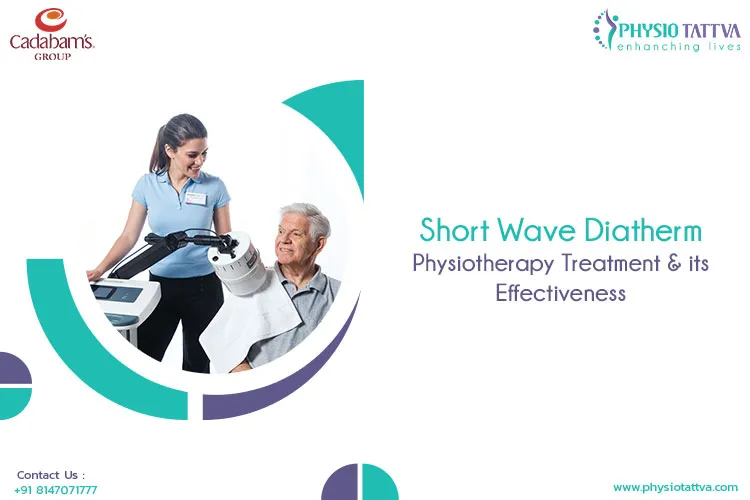What is Short Wave Diathermy
Short Wave Diathermy is an effective way of treating muscle injuries and joint pains. It uses short electric waves that generate heat to help heal joints and the tissues around them. The short weaves of heat effectively stimulate blood flow, supporting cells to regenerate quicker.
It is often a safe procedure, and SWD frequency treatment can relieve joint inflammation, reduced mobility of muscles, and injured tendons and ligaments.
What are the Indications of Short Wave Diathermy
Short wave diathermy can be used when you sense discomfort in your joints and muscles. Some of the common indicators for exploring SWD frequency as a treatment are:
- Lower back pain
- Frozen shoulder
- Bursitis
- Strains, sprains
- Rheumatism, etc.
What are the Conditions Can Short Wave Diathermy Treat
Short Wave Diathermy can be effective in treating several conditions. As mentioned above, for pain and swelling in various regions of the body, physical injury to joints, reduced mobility, and stiffness of joints and muscles, SWD frequency can be explored.
In cases of Rheumatoid arthritis, SWD physiotherapy can be effective in helping increase mobility in the joint, allowing muscles and joints to heal. It can also effectively reduce pain in the joints and muscles.
It can also help treat lower back pain, stimulating the spine for relief and supporting nerves. This can reduce pressure on the nerves and help reduce pain in the lower back.
Another condition that can be treated effectively is tendonitis, where the tears in the muscle and tendons in various parts of your body can accelerate healing due to the electric pulses. This can help in cell rejuvenation at a faster pace.
What Are the Effects of Short Wave Diathermy
Short-wave diathermy has been effective and safe in most cases. It offers a gentle massage-like impact on the joints and muscles it treats and increases the recovery rate. IT assists cell growth and healing and can improve blood circulation. These are vital for the body to recover positively. It can provide a soothing relaxation for the body and help reduce swelling, pain, and soreness.
In some cases, SWD may be ineffective and may cause complications. People with pacemakers and other metal implants must consult their doctors before engaging in SWD frequency. In some cases, body areas containing more water content should be avoided as electromagnetic heat can heat water.
Your medical professional will be able to suggest whether SWD frequency is an effective treatment option for you or not.
Thermal Effect
This is a type of Short wave diathermy technique, where continuous heat is transmitted to the region that needs intervention. This constant heat supply creates changes such as vasodilation, relaxes muscle spasms, increases blood flow, and reduces muscle stiffness. It works similarly to a heat pack on the injured area to relieve pain and discomfort.
Athermal Effect
In this type of SWD physiotherapy, there is no heat-induced, but other techniques of simulating an SWD are induced. This can accelerate cell healing and improve blood flow without heat. Depending on the injury's condition and the treatment needed, it can often be shorter.
Who Is Eligible for the Treatment
People without metal implants suffer from severe chronic conditions and poor liver, kidney, and heart health and can be eligible for treatment. It is a non-invasive process, and people with body aches and joint mobility issues can undergo this treatment.
It is always advisable to consult your doctor for the proper approval and ensure no complications afterward.
How to Prepare for Short Wave Diathermy
Short Wave Diathermy is non-invasive and is a straightforward procedure. You can prepare for it by talking to your medical professional about what can be done. Talking to them can give you an idea of what to prepare for.
You should also remove all metal jewelry and clothing that involves metal and wear comfortable clothes.
Short Wave diathermy can often have a positive effect on the affected area. After a session, you may feel more relaxed, and the region may feel more flexible. If you feel uncomfortable after a session, let your medical professional know soon.
SWD physiotherapy can effectively treat your condition over time and help reduce pain and discomfort.
Physiotattva offers a comprehensive SWD treatment plan with state-of-the-art facilities. Our team of medical professionals is well-whipped to understand your needs better. After assessing your condition, an optimum treatment plan will be offered that suits your needs.
Reach out to Physiotattva for all your physiotherapy needs that are effective and safe.




-Physiotherapy.webp)
-for-Shoulder-Pain-Relief.webp)
-for-Knee-Pain-Relief.webp)


-for-Back-Pain-Relief%20(1).webp)





.webp)











.webp)


.webp)
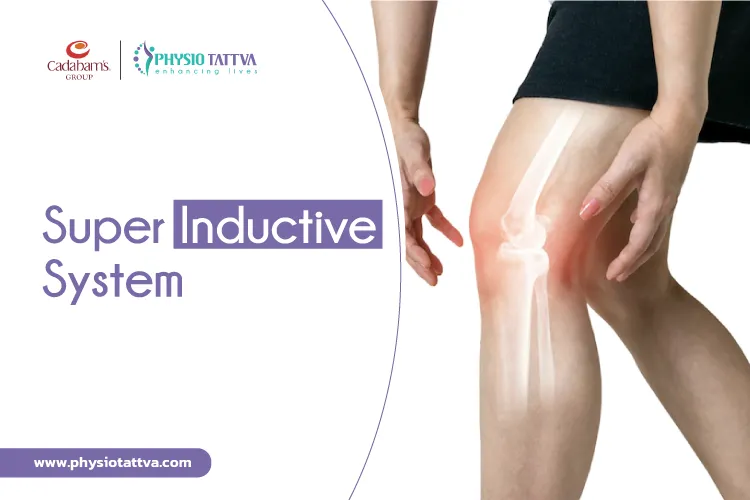

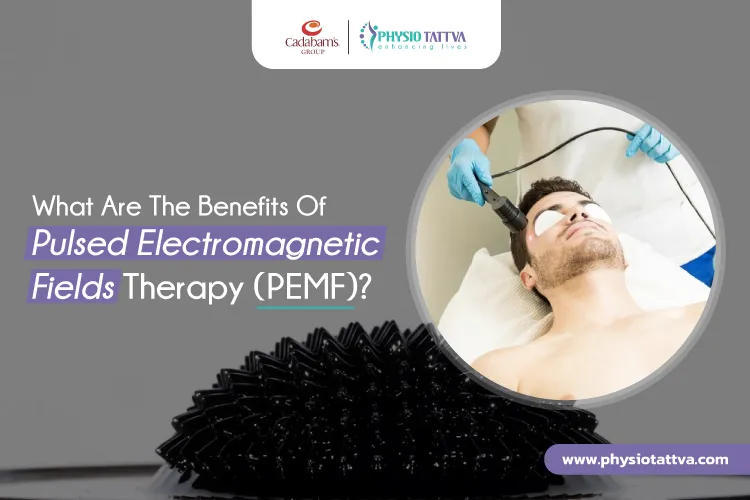

.webp)
.webp)


.webp)
.webp)

.webp)
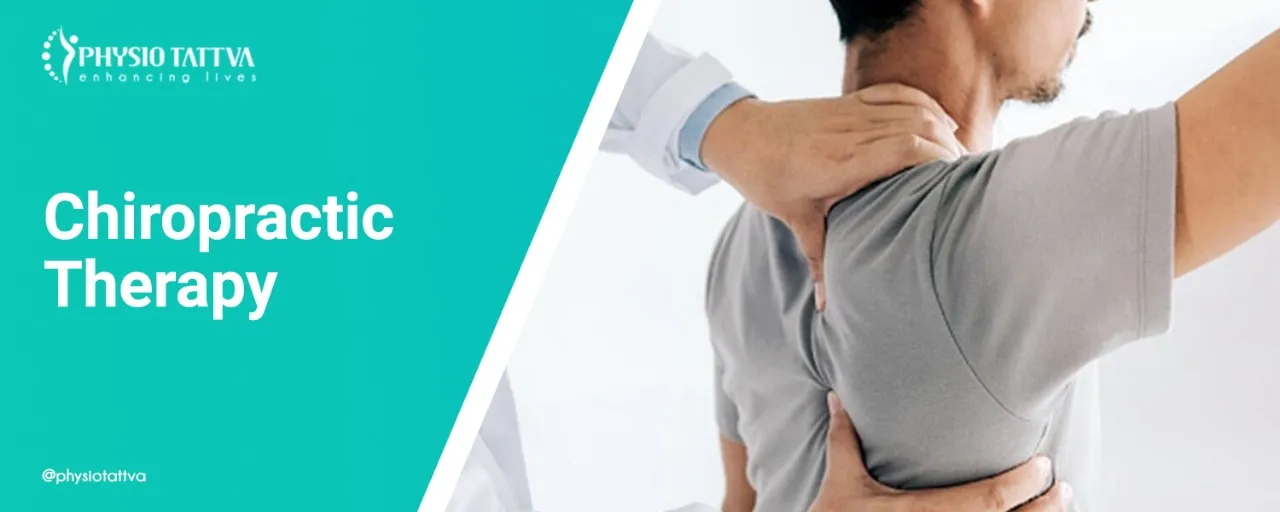
.webp)
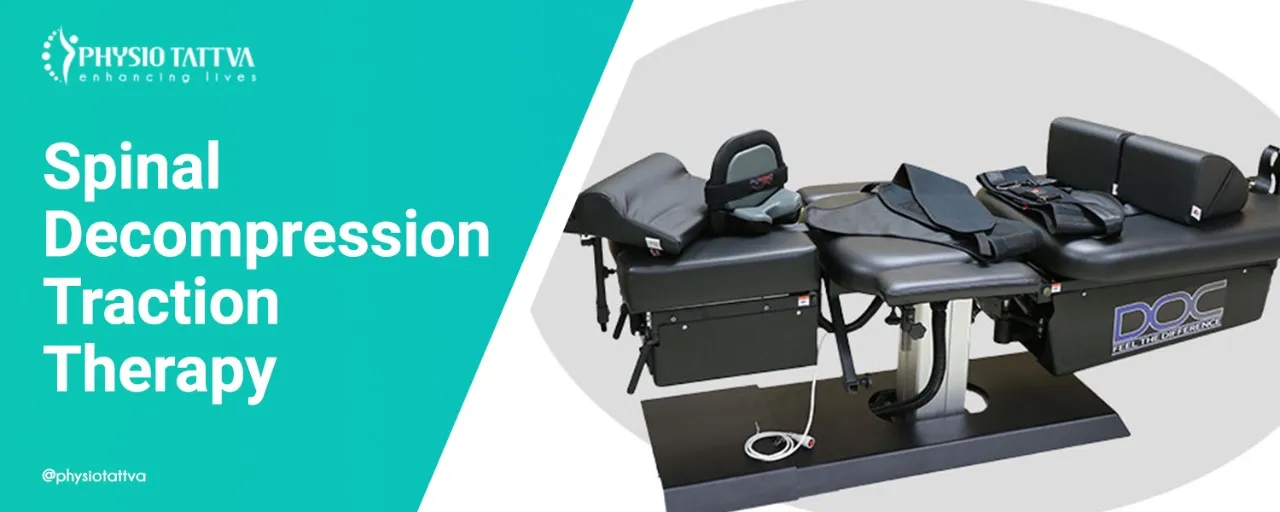
.webp)
.webp)
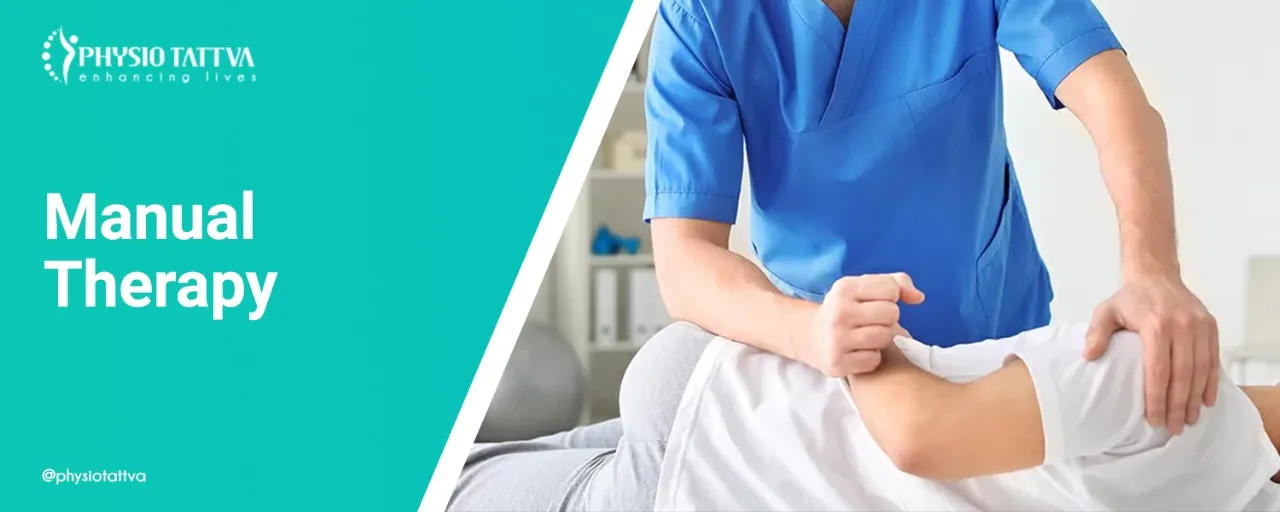
.webp)
.webp)
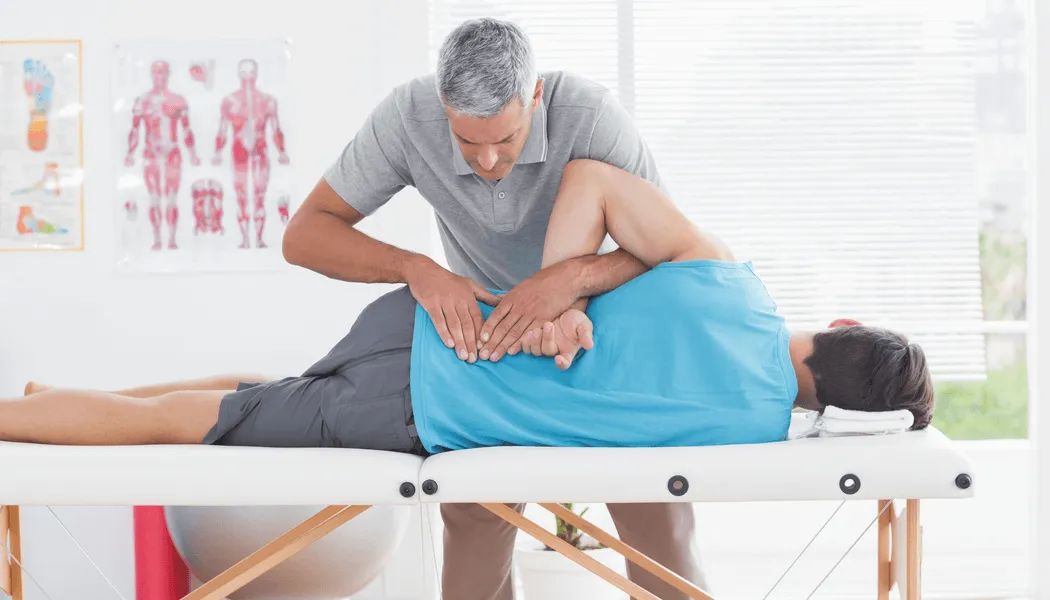

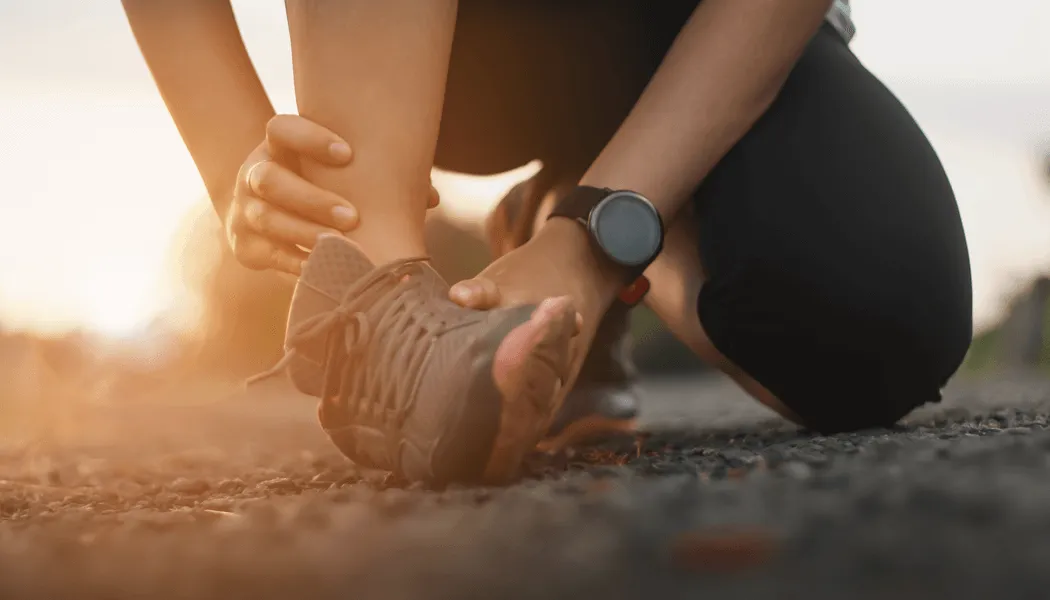



.webp)

.jpeg)

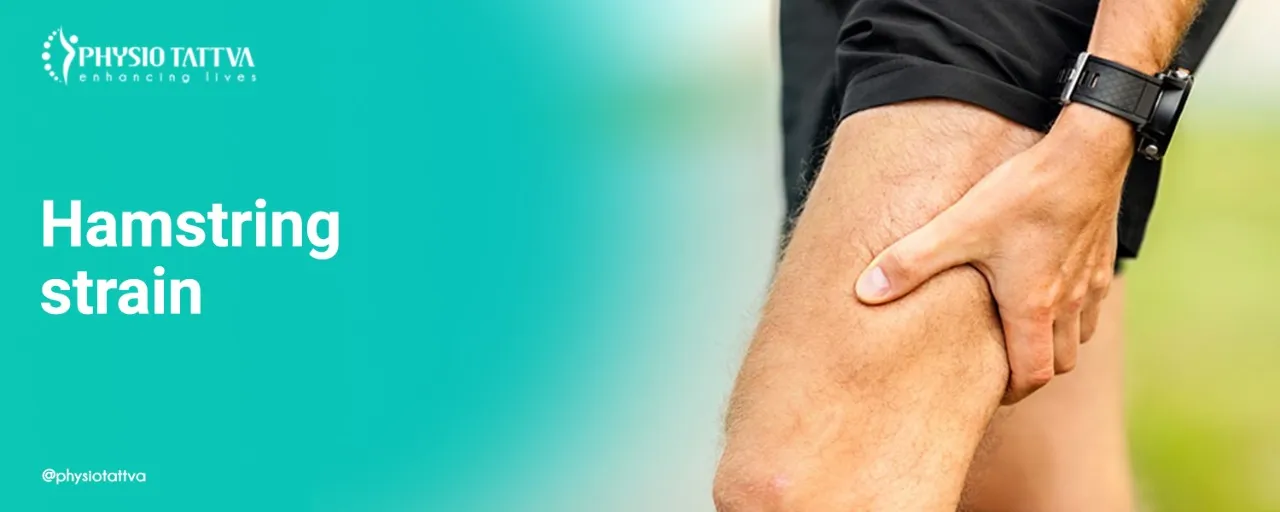
.jpeg)

.webp)
.webp)

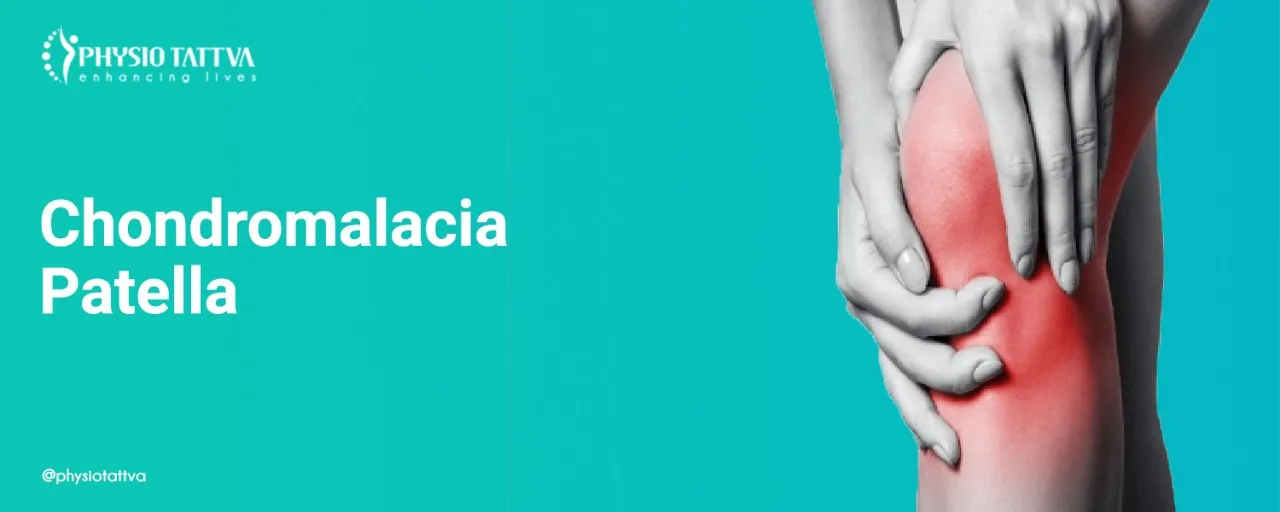
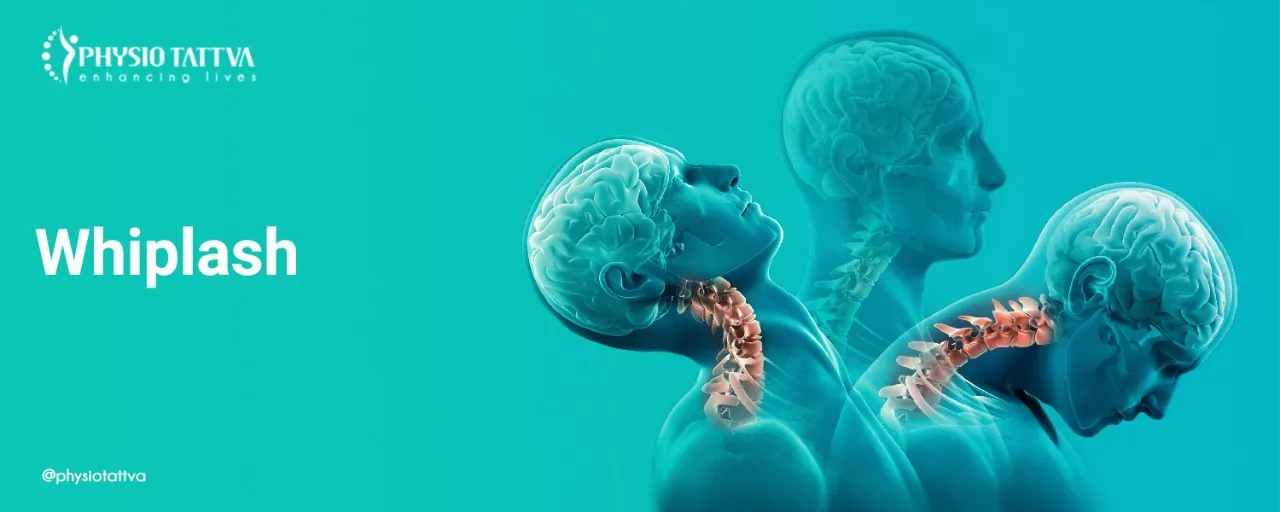



.webp)

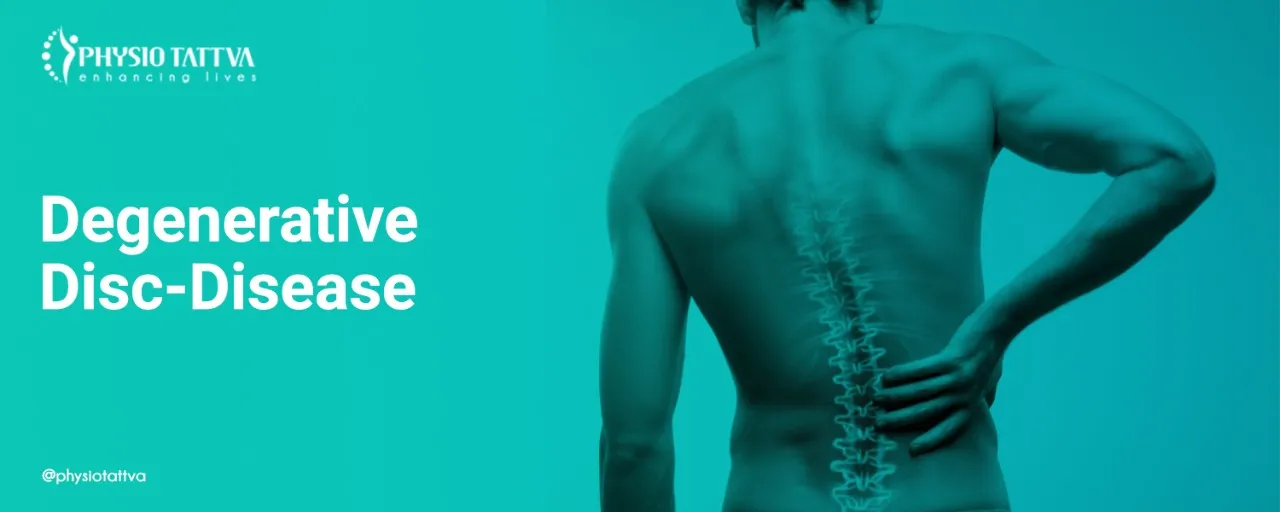
.jpeg)







.png)





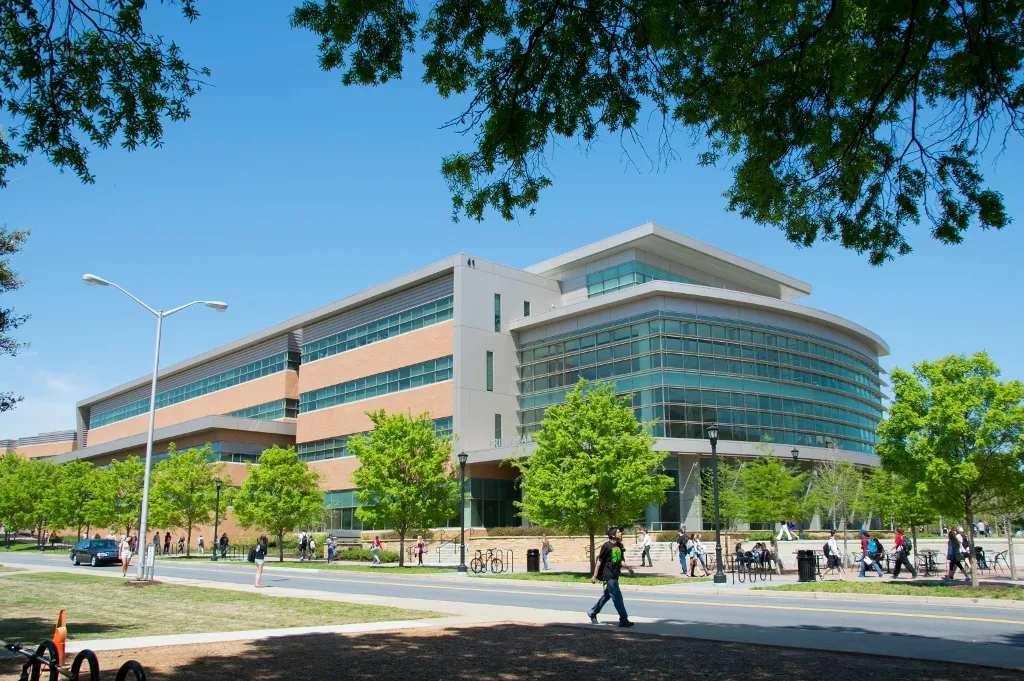



%20(1)-p-3200.jpeg)

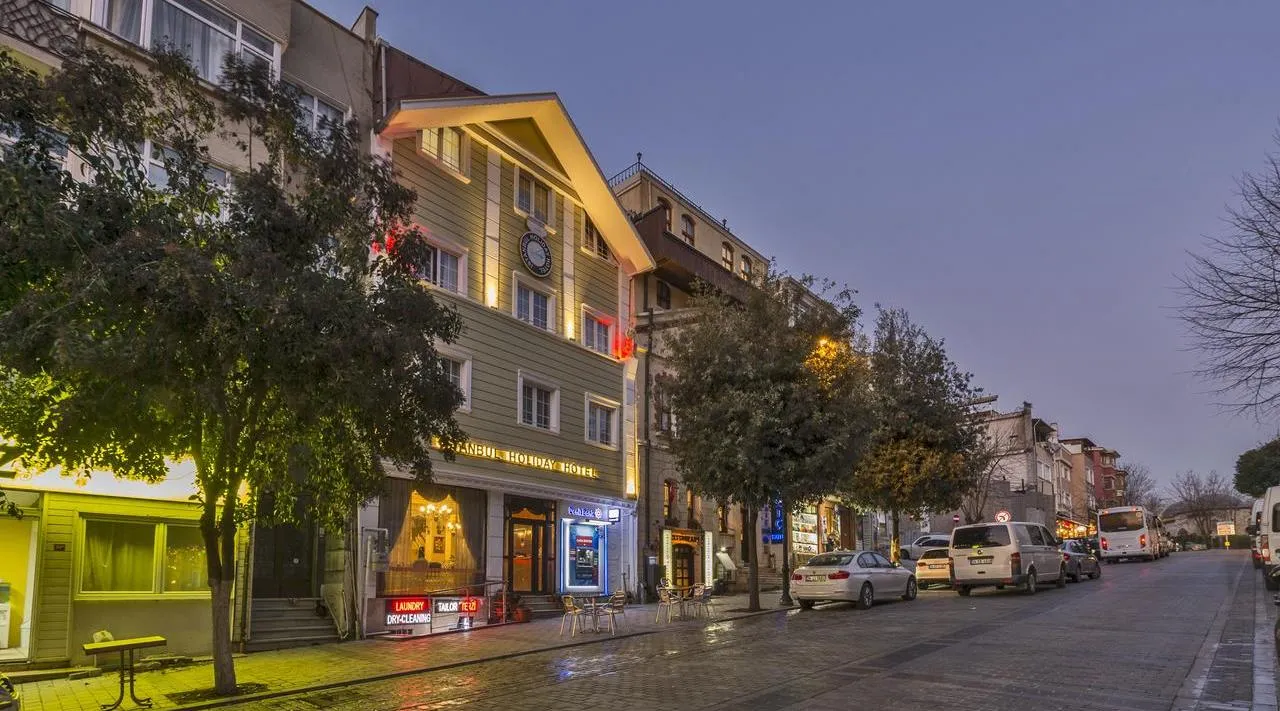
.jpg)
.webp)
.webp)
.webp)
